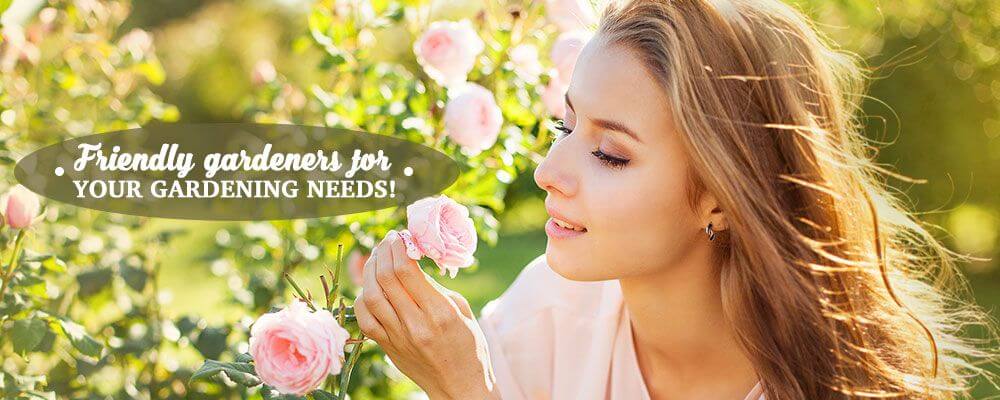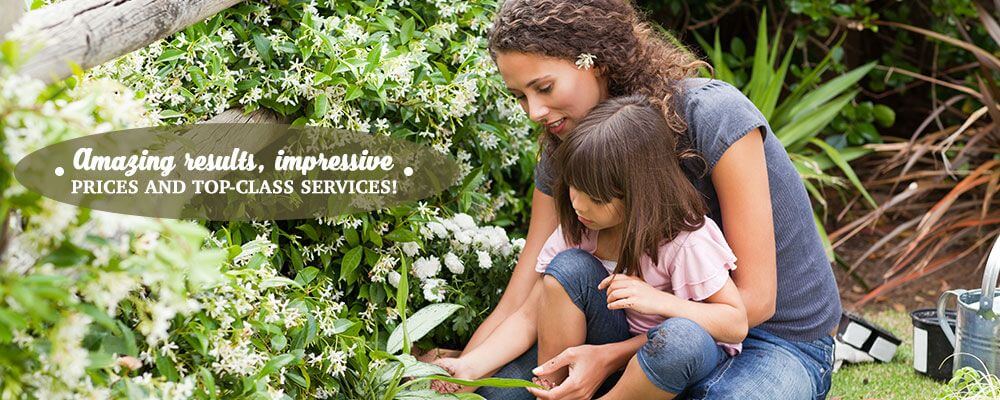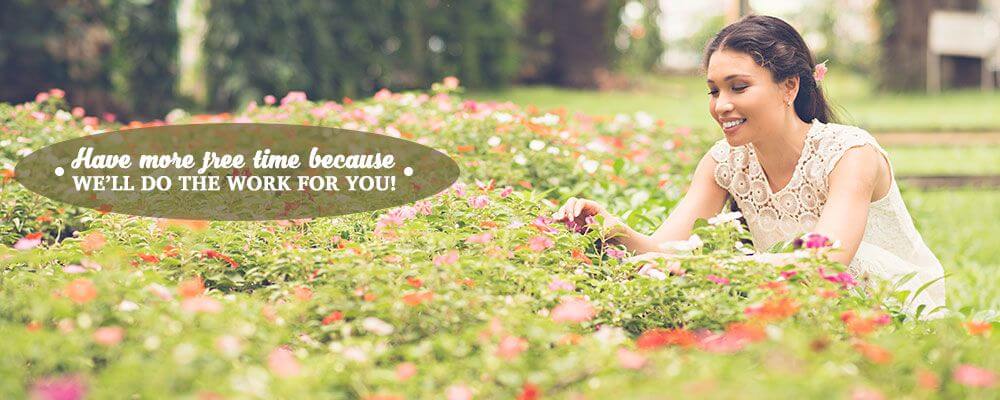Attracting Beneficial Pollinators to Your Garden
Posted on 26/05/2025
Gardens are not just delightful havens of beauty and tranquility but also ecosystems that rely heavily on the harmonious interaction between plants and pollinators. Pollinators are essential for the fertilization of many plants, and their presence can dramatically increase the yield and health of your garden. This article provides a deep dive into understanding and attracting beneficial pollinators to your garden.
The Importance of Pollinators
Pollinators play a critical role in natural and agricultural ecosystems. Without them, many flowering plants, including numerous food crops, would be unable to reproduce. Bees, butterflies, hummingbirds, bats, and even some beetles and flies facilitate the transfer of pollen from one flower to another, aiding plant fertilization. This process is crucial for the production of fruits, seeds, and vegetables.
In addition to enhancing plant reproduction, pollinators contribute to biodiversity and the overall health of ecosystems. A diverse plant environment, supported by a variety of pollinators, can resist pests and diseases more effectively, reducing the need for chemical interventions.
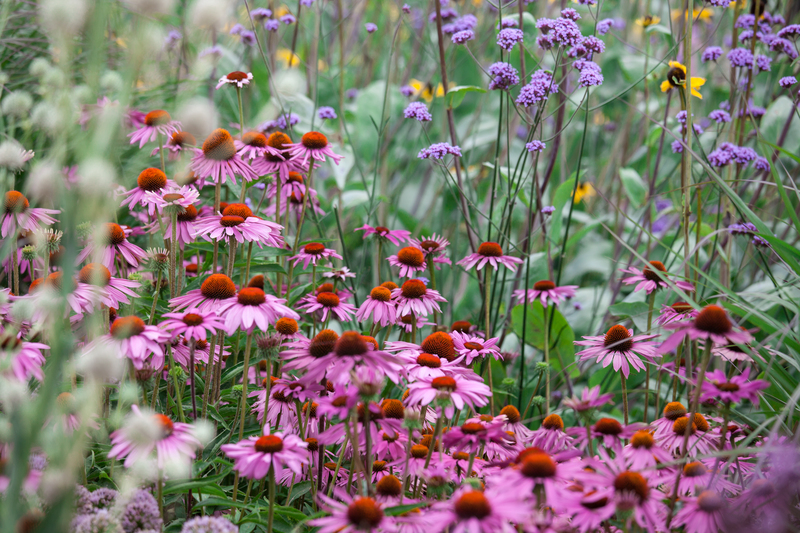
Types of Beneficial Pollinators
Before attracting pollinators, it's essential to understand the types of animals that might visit your garden and their specific benefits. Each type has unique characteristics and advantages:
Bees
Bees are the most effective pollinators. They are attracted to bright flowers with a sweet scent. Honeybees, bumblebees, and solitary bees all play significant roles in the pollination process. Bees are particularly effective because they gather pollen and nectar for their offspring, ensuring thorough and repeated visits to flowers.
Butterflies
Butterflies, while not as efficient at pollination as bees, add aesthetic value and contribute to the garden's health. They are attracted to bright, fragrant flowers and play a role in promoting plant diversity.
Birds
Hummingbirds are the most notable avian pollinators. They are drawn to red, tubular flowers and help pollinate plants while searching for nectar. Other birds also contribute to the dispersion of seeds by consuming fruits and nuts.
Bats
In some regions, especially tropical and desert areas, bats are vital night-time pollinators. They are attracted to pale, fragrant flowers that open at night.
Creating a Pollinator-Friendly Garden
To attract beneficial pollinators, it's essential to create an environment that meets their needs. Here are key strategies to make your garden a pollinator haven:
Plant Diversity and Native Plants
Diverse plantings ensure that there are flowers available throughout the growing season. Incorporating native plants is also crucial, as local pollinators are adapted to these species. Native plants provide the right size, shape, and nutritional needs for local pollinators.
Provide Continuous Bloom
Ensure that your garden has a succession of blooming plants from early spring to late fall. This continuous bloom provides a reliable food source for pollinators throughout their active periods. Plan your garden to include early, mid-season, and late-blooming plants.
Avoid Pesticides
Many pesticides are harmful to pollinators. Instead of using chemical controls, adopt integrated pest management (IPM) practices that focus on natural pest control methods. If pesticides are necessary, choose organic options and apply them during times when pollinators are less active (early morning or late evening).
Providing Shelter and Nesting Sites
Pollinators also need safe places to live and reproduce. Here are ways to provide shelter and nesting sites:
Bee Hotels
Provide nesting sites for solitary bees by creating or purchasing bee hotels. These are simple structures filled with tubes or tunnels where bees can lay their eggs.
Brush Piles and Undisturbed Areas
Maintain small brush piles, patches of bare ground, and undisturbed garden areas to offer shelter for ground-nesting and overwintering bees and butterflies.
Water Sources
Pollinators need water just like other animals. Providing a shallow water source in your garden can make it more attractive. Use a shallow dish or birdbath and add pebbles or stones for perches.
The Role of Specific Plants in Attracting Pollinators
Certain plants are particularly effective at attracting specific pollinators. Here are some popular choices:
Bees
- Lavender (Lavandula spp.): Highly attractive to bees due to its fragrant flowers.
- Coneflower (Echinacea spp.): A favorite for many pollinators, including bees and butterflies.
- Borage (Borago officinalis): Known for its blue, star-shaped flowers that bees love.
Butterflies
- Butterfly Bush (Buddleja spp.): True to its name, it is extremely attractive to butterflies.
- Milkweed (Asclepias spp.): Essential for the caterpillars of monarch butterflies.
- Aster (Aster spp.): Late-blooming flowers that provide nectar when other sources are scarce.
Birds
- Coral Honeysuckle (Lonicera sempervirens): Red, tubular flowers that appeal to hummingbirds.
- Bee Balm (Monarda spp.): Brightly colored flowers that attract hummingbirds and bees.
- Fuchsia (Fuchsia spp.): Provides nectar for hummingbirds and adds vibrant color to the garden.
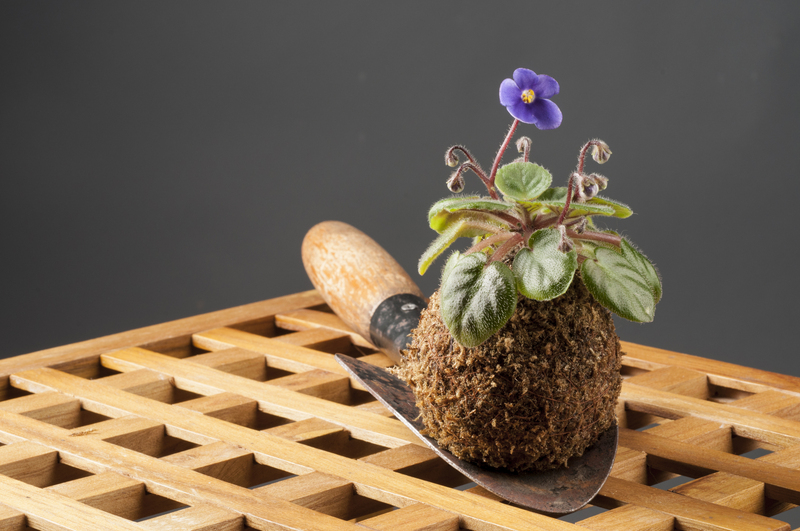
Monitoring and Maintaining a Pollinator-Friendly Garden
Once you have created a pollinator-friendly environment, monitor the garden regularly and make necessary adjustments to maintain its attractiveness:
Observe Pollinator Activity
Spend time watching for pollinator activity. Note which plants are most visited and the times of day when pollinators are active. This observation can guide you in making further enhancements.
Adaptive Management
Be prepared to adapt your garden management practices as you learn more about the needs of your local pollinators. Introduce new plants, create additional nesting sites, or modify your watering practices based on your observations.
Community Involvement
Engage with local gardening groups, conservation organizations, or community gardens to share knowledge and resources. Community efforts can have a broader impact on pollinator populations.
Conclusion
Attracting beneficial pollinators to your garden requires a balance of proper plant selection, habitat provision, and mindful gardening practices. By creating a diverse, chemical-free environment with continuous blooms and ample nesting opportunities, you can foster a thriving pollinator population. This not only benefits your garden with increased pollination and plant health but also contributes to the broader ecosystem's sustainability.
Integrate these practices into your garden, and enjoy the rewards of a flourishing garden, buzzing with life and color, where pollinators play a crucial role in its ongoing success.

